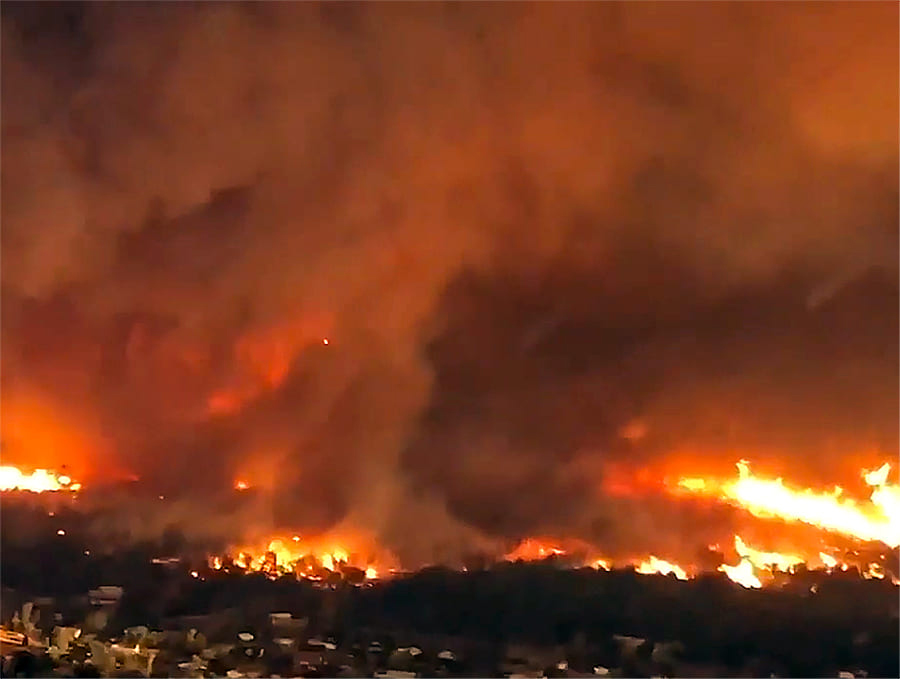The College of Science is offering a virtual Discover Science Lecture Series experience amidst the COVID-19 pandemic. This fall, the virtual lectures will feature leading scientists in the college. Learn about exciting new research and groundbreaking science from the comfort of your own home.
“While our traditional in-person lectures will be postponed to keep our community safe and healthy during this time, we hope you will join us from your couch for Discover Science at Home,” Jeff Thompson, dean of the College of Science, said.
The next lecture in the Discover Science at Home Speaker Series is Thursday, Nov. 19, with Neil Lareau, an atmospheric scientist and assistant professor in the Department of Physics. He will give his talk, titled “Radar and Lidar Observations of Wildfire Plume Dynamics,” about how large, high-intensity wildfires can generate their own extreme weather, including fire-generated thunderstorms (i.e., pyrocumulonimbus) and rare fire-tornados.
His research aims to understand these phenomena using state-of-the-science radars and lidars, which can probe the internal dynamics of wildfire convective plumes.
“Large, high-intensity wildfires can generate their own extreme weather, including fire-generated thunderstorms (i.e., pyrocumulonimbus) and rare fire-tornados,” Lareau said. “My research aims to understand these phenomena using state-of-the-science radars and lidars, which can probe the internal dynamics of wildfire convective plumes.”
This talk will use these data to examine:
- Tornadic vortices generated during the Carr and Loyalton Fires.
- Smaller, but still intense, vortices generated in both prescribed and wildland fire.
- The extreme updrafts occurring inside pyrocumulonimbus clouds.
- Collectively these analyses help paint a clearer picture of how and when wildfires produce extreme weather, paving the way for nowcasting and warning for high-impact extreme fire behavior.
Lareau is an assistant professor in the Department of Physics at the University. His research program leverages modern observing and modeling systems to advance our understanding of atmospheric dynamics of wildfire plumes, cumulus convection and boundary layer processes, especially in mountain settings. His previous professional appointments include: faculty at San Jose State University, post-doctoral scholar at Lawrence Livermore National Laboratory and Post-Doctoral Scholar at San Jose State University. Lareau earned both master’s and doctoral degrees in atmospheric science from the University of Utah. He also holds an undergraduate degree in fine arts from Carnegie Mellon University and was trained as a weather observer at the Mount Washington Observatory in New Hampshire.
About the Discover Science Lecture Series
The Discover Science Lecture Series was founded by the College of Science in 2010, with the goal of bringing the country's top scientists to the University to share their knowledge, research and wisdom with the community.
"Science encompasses a wonderfully diverse collection of explorations into the unknown,” Thompson said. “We invite science lovers and the science-curious to join us and experience the extent of the science universe as the best scientists on the planet visit the University of Nevada, Reno for our Discover Science Lecture Series."
Past speakers in the series include astrophysicists Michio Kaku and Neil deGrasse Tyson; Robert Ballard, who discovered the wreck of the Titanic; and Bill Nye the Science Guy.












